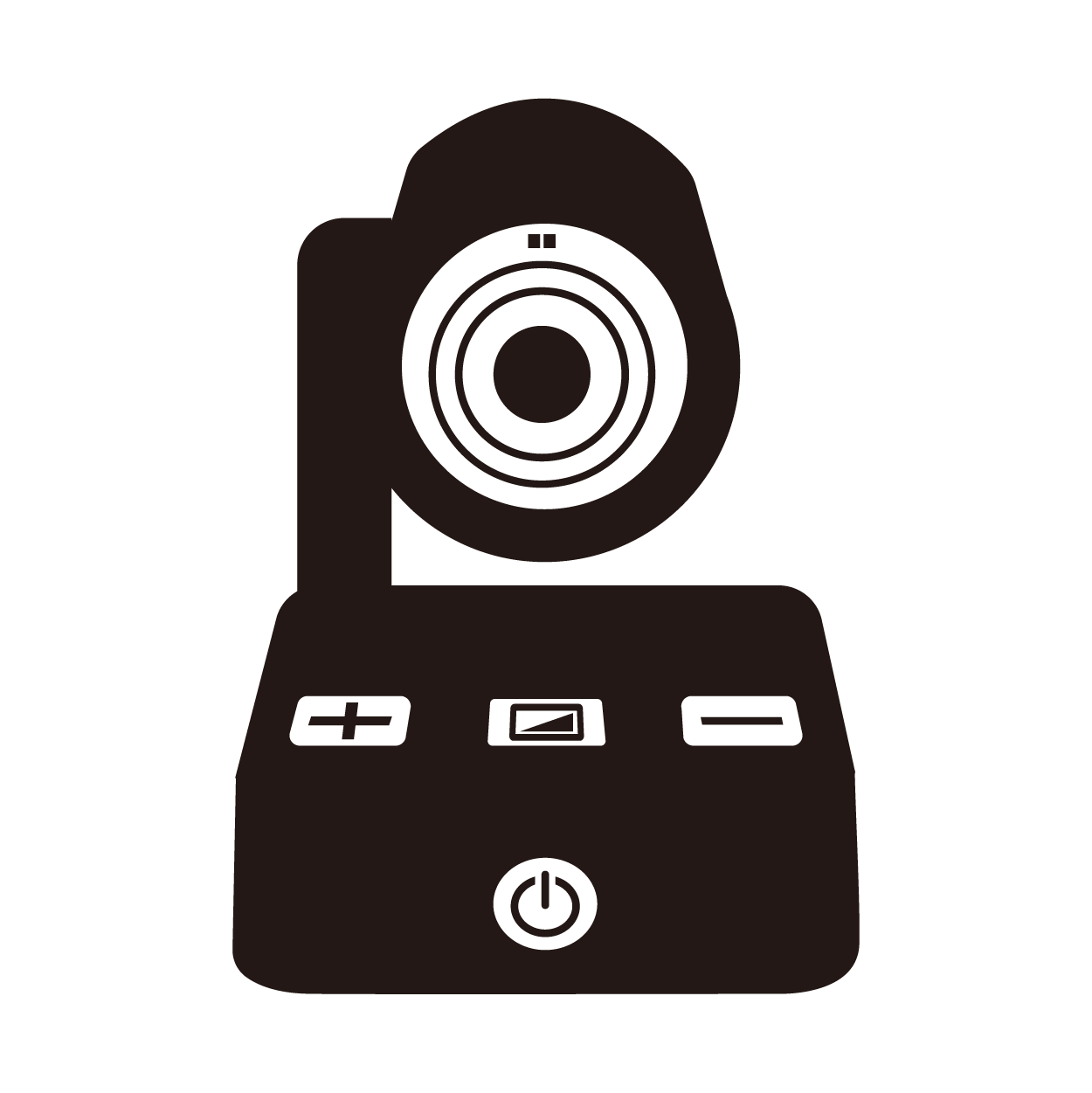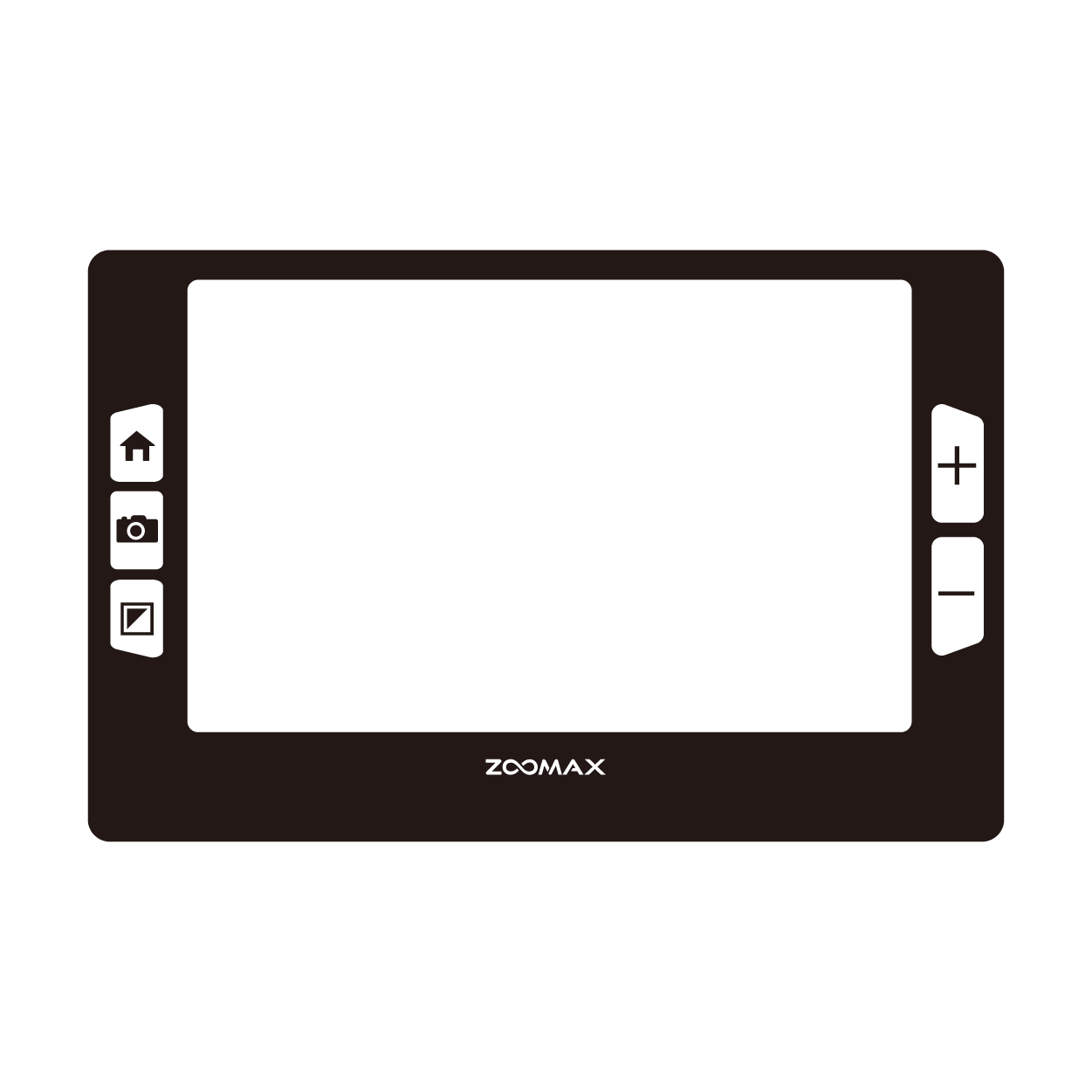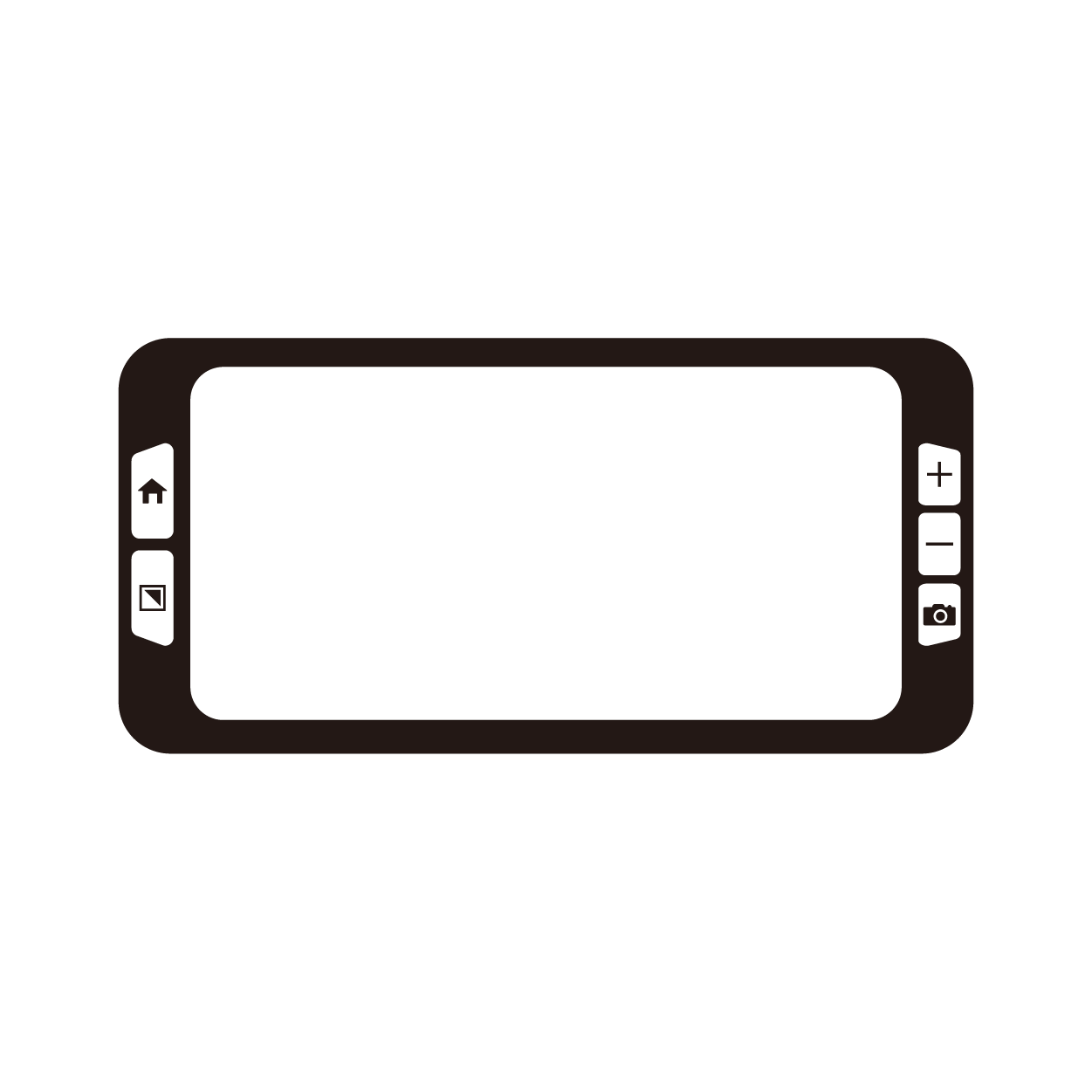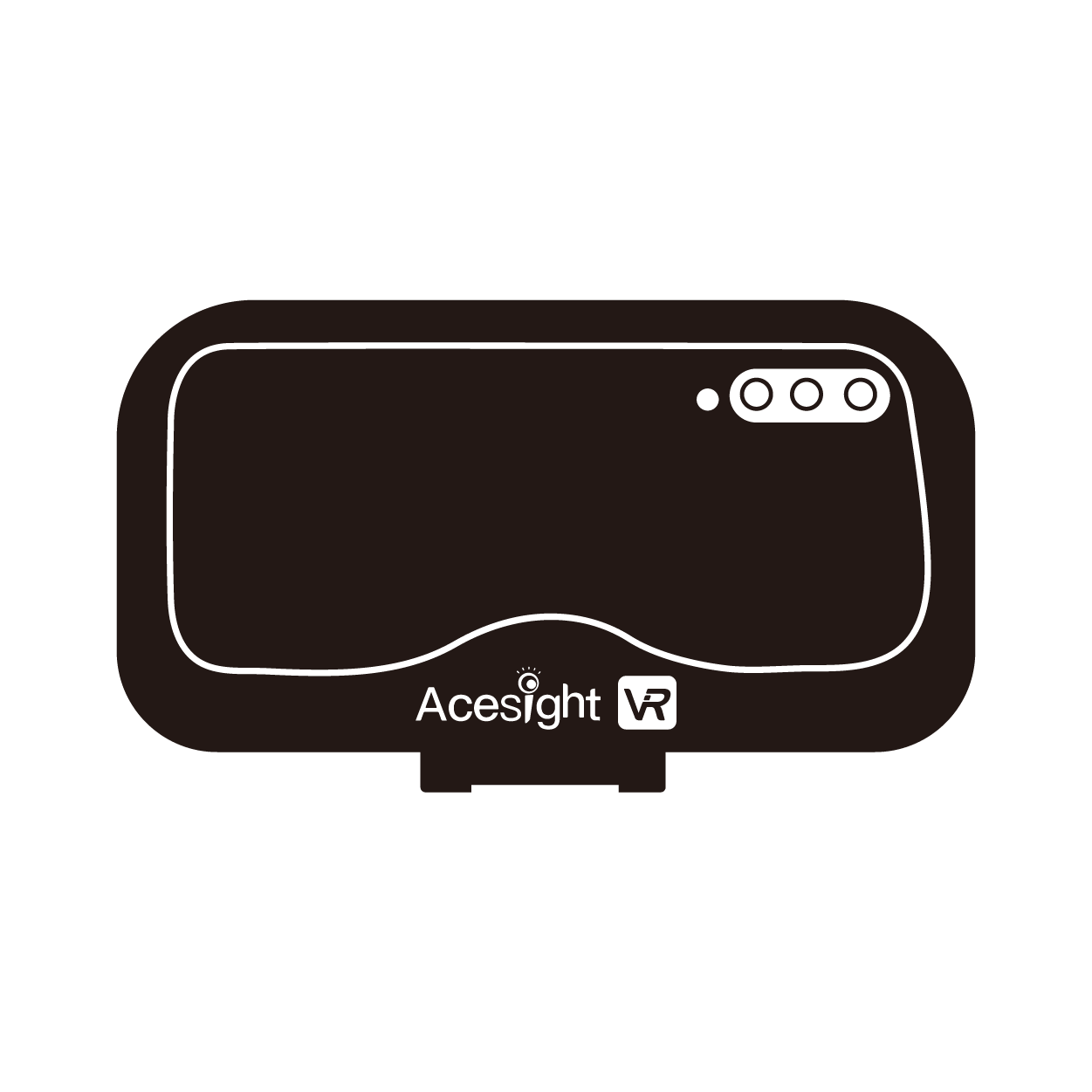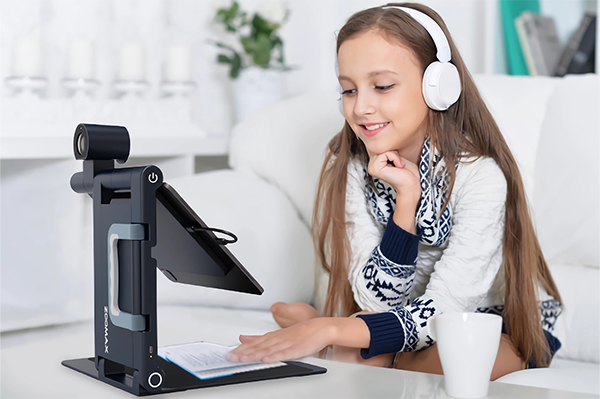Creating Joy at Home: A Halloween Party for Low Vision Kids
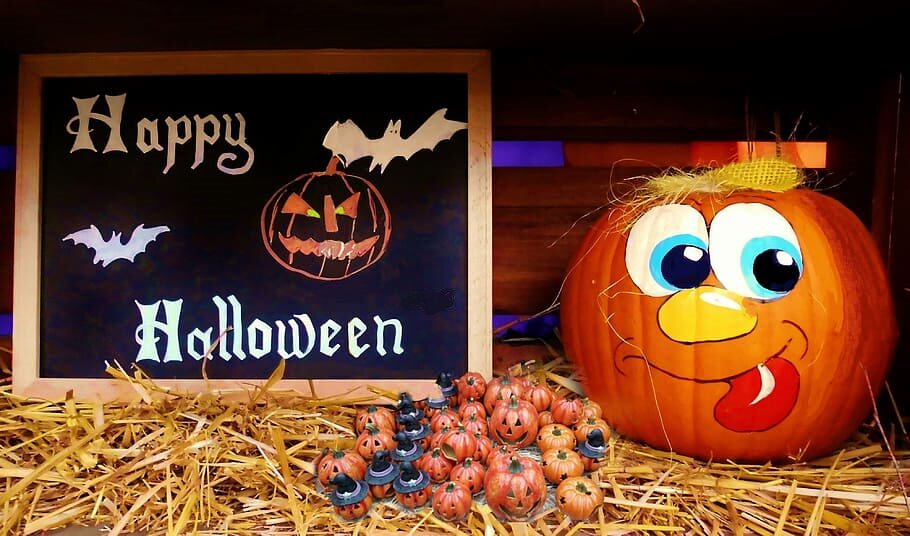
Halloween is a time of magic, laughter, and spooky fun, but for parents of low vision kids, it often comes with a mix of excitement and worry. While community trick-or-treating and evening events can pose safety risks—dim lighting, uneven sidewalks, and crowds that make navigation challenging—celebrating at home offers a warm, secure alternative. Hosting a low vision Halloween party at home isn’t just about avoiding hazards; it’s about crafting an inclusive, joyful experience where your child feels seen, creative, and connected to loved ones. This guide shares how to plan a memorable Halloween event for visually impaired kids, blending safety, creativity, and heartfelt moments that will be cherished for years.
1. Start with Collaboration: Plan the Party with Your Child
The foundation of a successful party starts with centering your child’s voice—after all, this is their celebration. When planning a Halloween party for low vision kids, their ideas should lead the way. Begin by sitting down together to brainstorm: Do they dream of a cozy pumpkin patch vibe, a friendly ghost gathering, or a vibrant superhero-themed bash? This isn’t just about choosing decorations; it’s about empowering them to take ownership, boosting their confidence, and ensuring the day feels truly theirs.
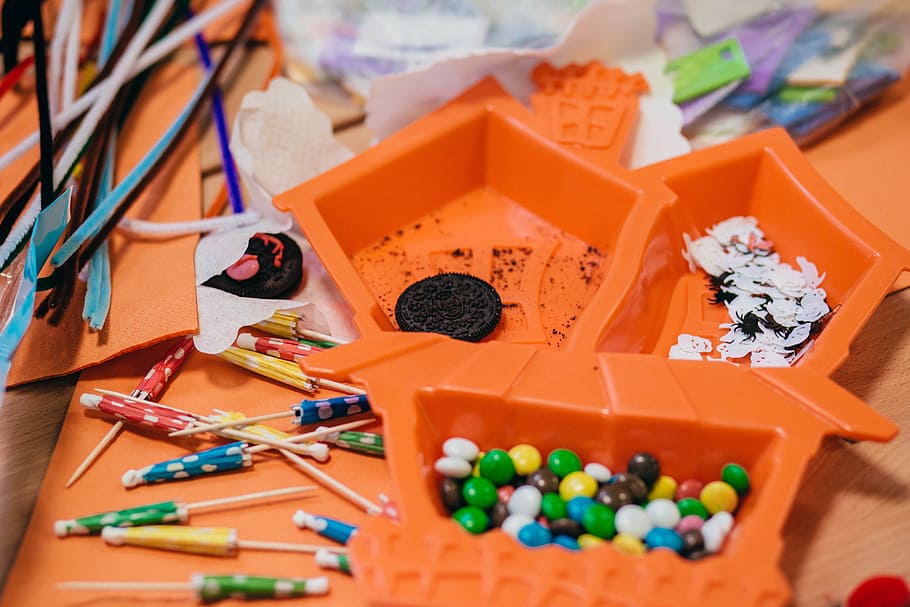
Next, create a checklist together—covering decorations, Halloween costume for kids, food, and games—and turn the preparation into a pre-Halloween adventure by shopping with kids for Halloween. Head to the store and let them explore through touch and sight: run their fingers over fuzzy spider webs, listen to the crinkle of tissue paper ghosts, and pick out bright, high-contrast decorations (neon oranges, deep purples, bright greens) that are easier to distinguish. Prioritize tactile items like felt pumpkins, rubber bats, or glittery garlands—sensory elements that make the experience more engaging. This shopping trip isn’t just an errand; it’s a chance to bond and build excitement for the big day.
2. Design Accessible Halloween Decoration at Home
Decorating your home for the party is another opportunity to involve your child and tailor the space to their needs. Halloween decoration at home for low vision kids should balance festive charm with safety and accessibility, so skip cluttered, tiny items that could cause tripping and opt for large, easy-to-identify pieces.
- Entrance Decor: Line the walkway with battery-operated string lights (warm white or bright orange) to guide guests safely. Hang a large, tactile wreath made of fake leaves, pinecones, and braided ribbon—something your child can recognize by touch when greeting friends.
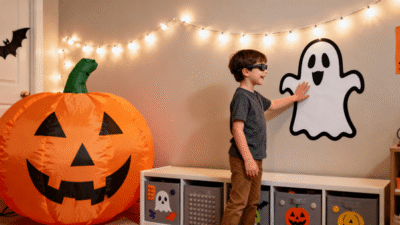
- Indoor Decor: Use floor-standing inflatable pumpkins, wall decals with bold shapes, or streamers in high-contrast colors. Let your child help hang decorations or arrange table centerpieces, and label storage bins with large, easy-to-read tags or tactile markers so they can easily find supplies. The goal isn’t perfection; it’s a space that feels festive, familiar, and comfortable for your child and their guests.
3. Choose Fun, Functional Halloween Costume for Kids with Visual Impairment
Costumes are a Halloween highlight, and for kids with visual impairment, they should be both playful and practical. Encourage your child to pick a costume that reflects their personality—whether it’s a favorite character, a silly animal, or a creative original idea. Opt for soft, comfortable fabrics with minimal fasteners (velcro instead of tiny buttons) to make dressing easier, and add reflective tape on sleeves or hats for visibility (and extra fun!).
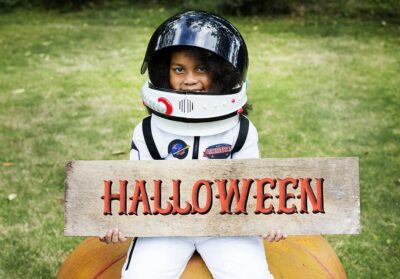 Involve them in the costume-making process too: let them choose fabrics by touch, glue on sequins or pom-poms, or design a accessory like a cape or mask using large, easy-to-handle materials. For invited friends and family, suggest friendly, non-scary costumes (playful witches, cuddly monsters, classic superheroes) to keep the mood light and inclusive—so everyone feels comfortable joining in the fun.
Involve them in the costume-making process too: let them choose fabrics by touch, glue on sequins or pom-poms, or design a accessory like a cape or mask using large, easy-to-handle materials. For invited friends and family, suggest friendly, non-scary costumes (playful witches, cuddly monsters, classic superheroes) to keep the mood light and inclusive—so everyone feels comfortable joining in the fun.
4. Plan Inclusive Food and Games: The Best Halloween Idea for Kids at Home
Food and activities are what make the party come alive, and they should be designed to be accessible and enjoyable for low vision kids.
Food: Tasty, Tactile, and Easy to Identify
Serve finger foods with distinct textures and flavors: crispy pumpkin-shaped crackers with cheese, bite-sized caramel apples (cut for safety), crunchy cinnamon popcorn, and mini chocolate cupcakes with bright green frosting. Label each dish with large, bold text or tactile markers (e.g., a pumpkin sticker for crackers, a leaf for apples) so your child can identify options independently. Let them help prepare simple items—stirring frosting, arranging snacks on platters—to build pride in their contribution. Add a “decorate your own cookie” station with large cookies, squeeze-bottle icing, and big sprinkles for a fun, social activity.
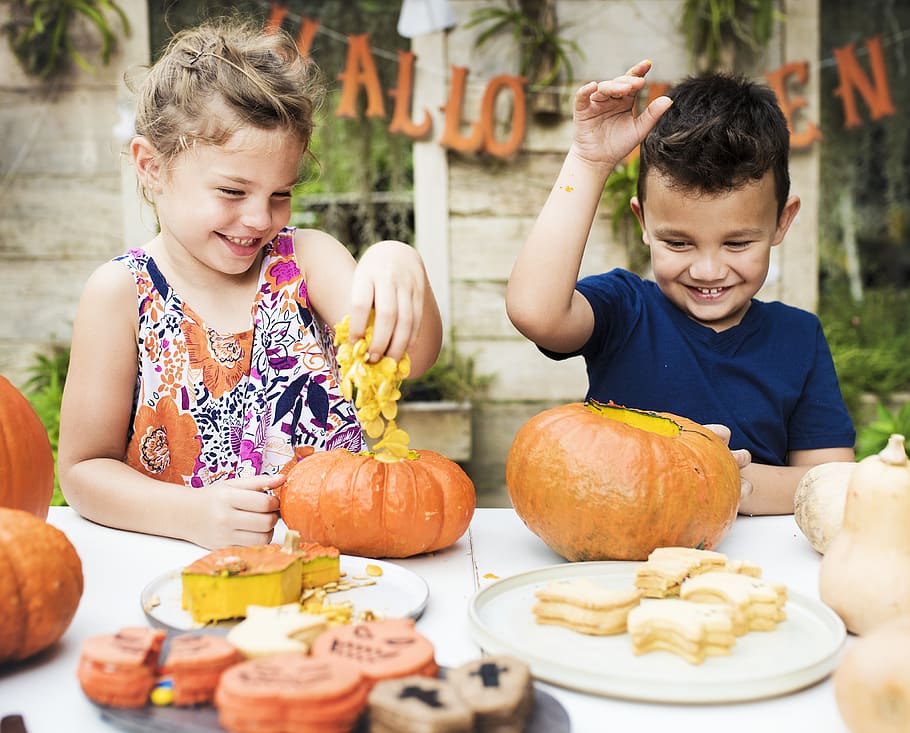
Games: Sensory, Collaborative, and Confidence-Boosting
- Touch-and-Guess Pumpkin Game: Hollow out small pumpkins and fill them with textured items (cooked noodles for “worms,” cotton balls for “ghost fur,” popcorn kernels for “spider eggs”). Guests take turns guessing what’s inside, with your child leading if they want.
- Halloween Scavenger Hunt: Hide large, easy-to-find items (plastic spiders, small pumpkins, toy bats) around the house. Provide lists with descriptions that use sight, sound, and touch (e.g., “something round and bumpy,” “something soft and black”).
- Storytime with Low Vision Aids: Host a gentle storytelling session where kids and adults share spooky (but not scary) tales. Encourage your child to participate by reading a picture book using low vision aids like the SNOW 12 electronic magnifier or SNOW PAD—tools that let them zoom in on text, adjust contrast, and read independently. This not only showcases their creativity but also builds confidence.
- Talent Showcase: Invite your child to share a Halloween song, recite a poem, or demonstrate their low vision aid—helping educate friends and family while letting them shine.
5. Encourage Connection: Support Low Vision Kids During Halloween Interactions
Throughout the party, focus on helping your child engage with guests. Low vision kids during Halloween may feel hesitant to join in, so gently prompt them to share ideas, ask questions, or lead activities. Praise their efforts openly—whether it’s decorating a cookie, reading a story, or helping a friend find a scavenger hunt item—to reinforce their sense of belonging.
Remind friends and family to speak clearly, use your child’s name when addressing them, and describe what’s happening around them (e.g., “Aunt Lisa just arrived in a sparkly witch costume with a pointy hat”) to help them follow along. These small gestures make the party feel inclusive and ensure your child feels seen.
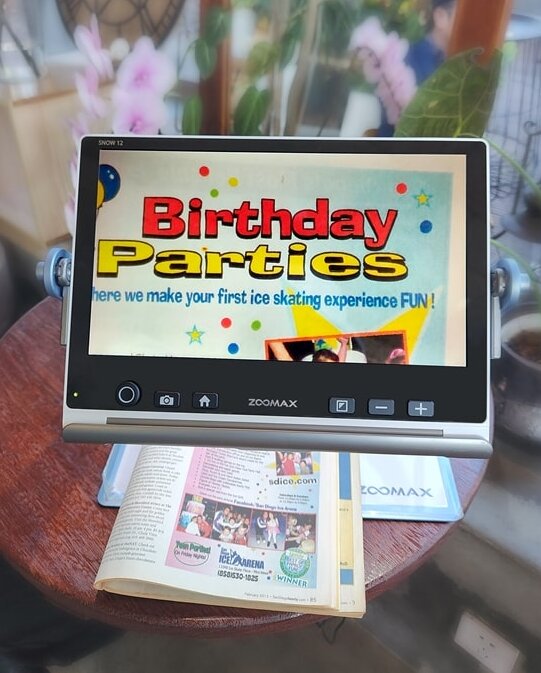 6. Reflect and Celebrate: Turn Memories into Keepsakes
6. Reflect and Celebrate: Turn Memories into Keepsakes
After the party, take time to connect with your child. Ask what they loved most—was it the games, the costumes, or reading their story? Listen to their thoughts, celebrate favorite moments, and validate any feelings (even if something didn’t go as planned). This conversation strengthens your bond and helps plan future events.
Then, create a lasting memento: write thank-you notes to guests together. Your child can dictate messages, draw with tactile markers, or sign their name by using low vision aids with adequate writing space – Zoomax Snow 12 or Snow Pad – for writing easily. These notes remind everyone of the fun and show your child the impact of their hospitality.
Final Thoughts: A Halloween to Remember
Hosting a low vision Halloween party at home is more than a safe alternative to trick-or-treating—it’s a celebration of your child’s uniqueness, creativity, and ability to connect. By involving them in every step—from planning and shopping to decorating and leading activities—you’re giving them control and pride. This Halloween, let your home be a space of joy, inclusion, and magic—proving that the best Halloween moments are about the people we share them with. For parents seeking a meaningful way to celebrate with kids with visual impairment, this at-home party is truly the best Halloween idea for kids at home—prioritizing safety, creativity, and heartfelt connection above all else.



